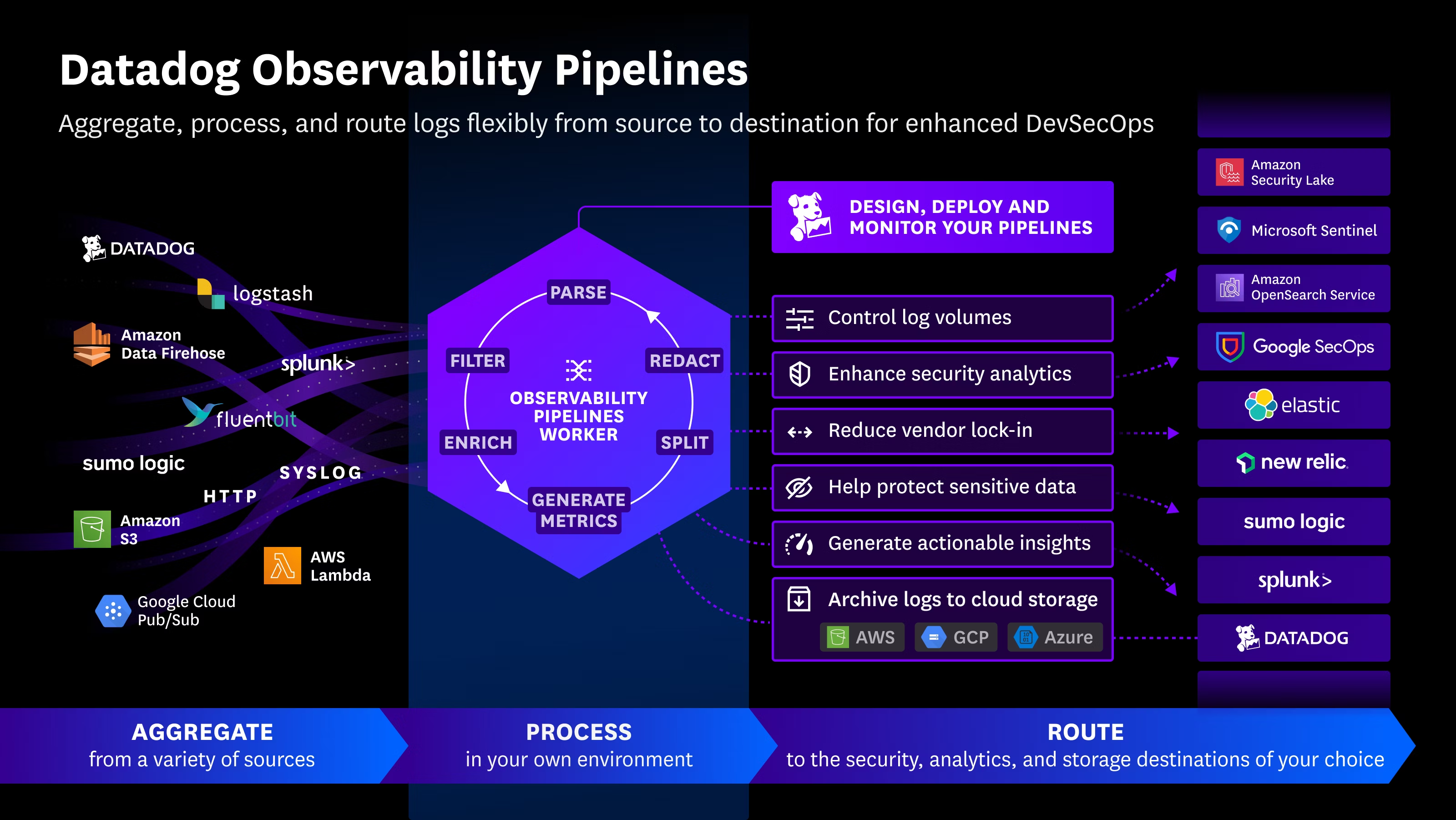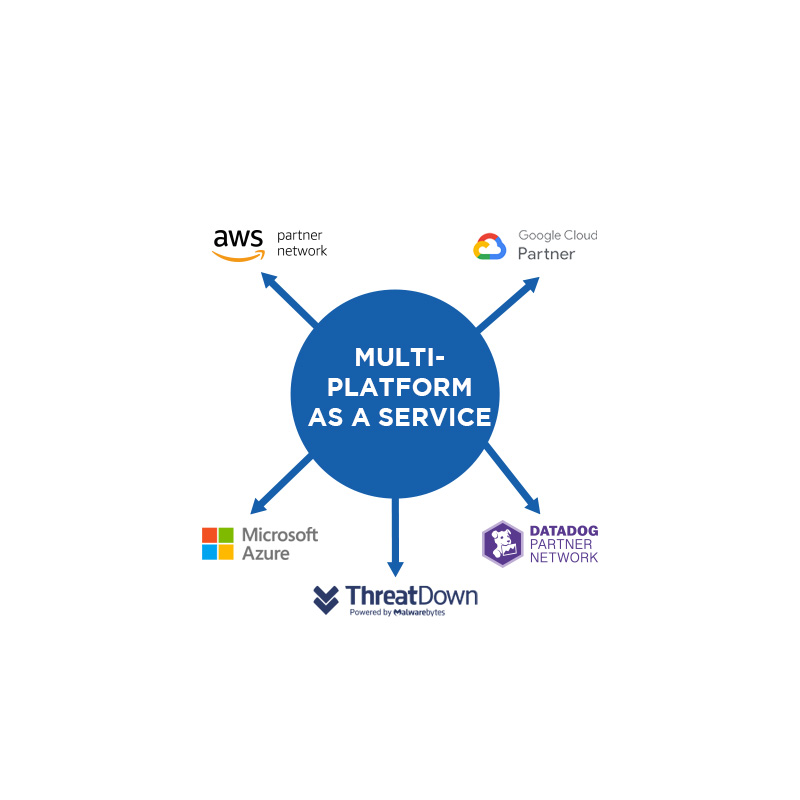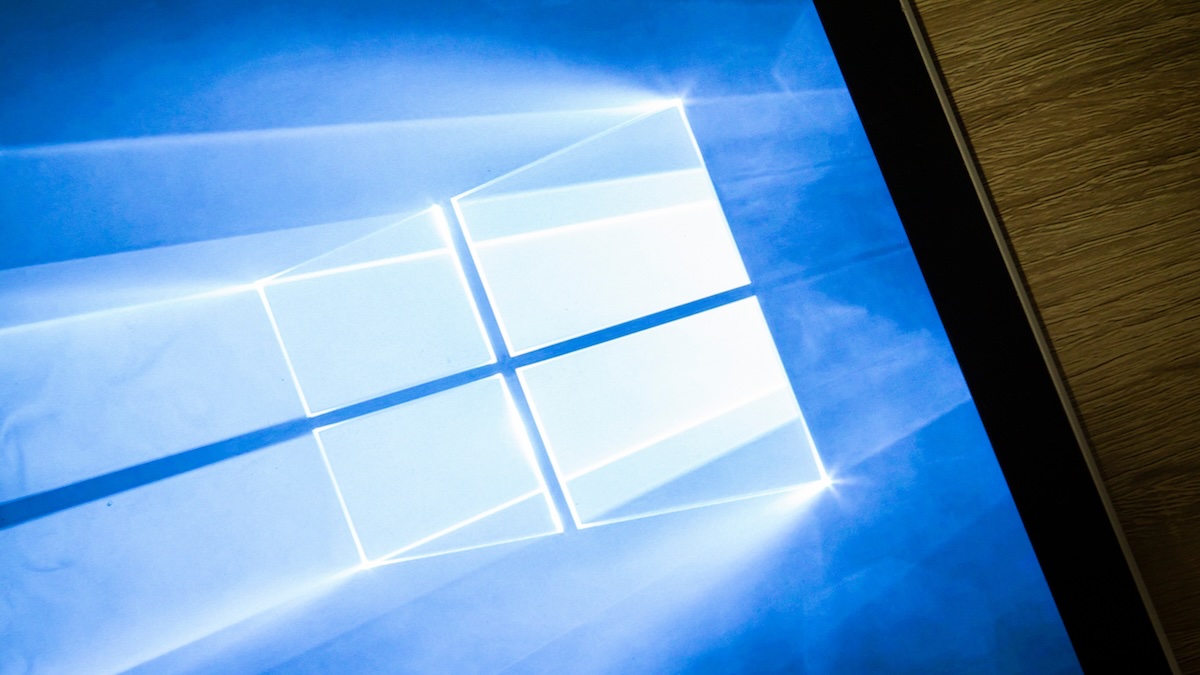As Windows 10 approaches its official end of support (EOS) on October 14, 2025, Microsoft has announced new ways for users to continue receiving critical security updates, including free enrollment options through its Extended Security Updates (ESU) program.
Historically, Microsoft has allowed users of previous Windows versions to enroll in ESU plans to keep their systems protected after EOS. With Windows 10, the company is doing the same—but this time, with more flexibility.
What Are Extended Security Updates (ESU)?
Once EOS hits, Microsoft will no longer provide free updates, security patches, or technical support for Windows 10. Users not ready to transition to Windows 11 can opt into the ESU program to keep receiving monthly security updates—either by paying or through alternative methods.
Paid and Free Options for Individual Users
- Paid Option: Individuals can pay approximately $30 per PC (location-dependent) to enroll in ESU and receive one additional year of security updates.
- Free Options:
- Use Windows Backup: Microsoft is offering free ESU access to users who activate Windows Backup, a tool that syncs settings to the cloud—especially helpful for those planning to move to Windows 11.
- Redeem Microsoft Rewards: Users can also enroll using 1,000 Microsoft Rewards points, which are earned by using Microsoft services like Bing, Xbox, or the Microsoft Store.
These options are already being tested in the Windows Insider Program, with wider availability expected by mid-August.
ESU Plans for Businesses
For enterprise users, ESU subscriptions are available at $61 per device for the first year, renewable annually for up to three years, though costs increase each year. Businesses using Windows 365 Cloud PCs or virtual machines (VMs) to access Windows 11 can benefit from free ESU coverage for their connected Windows 10 systems.
Important Limitations
It’s important to note that ESU only includes critical and important security updates. It does not cover new features, UI changes, non-security patches, or technical support. According to Microsoft, the ESU program is a temporary solution, meant to bridge the transition to Windows 11—not to replace it.
Windows 10 Still Dominates
Despite the upcoming EOS, Windows 10 remains the dominant OS, accounting for 53% of the market share, with Windows 11 trailing at 43%, based on the latest Statcounter data.
Need support navigating this transition securely?
At Nubetia, we help organizations evaluate upgrade paths, manage compliance risks, and secure legacy systems.
Source: https://www.securityweek.com/microsoft-offers-free-windows-10-extended-security-update-options-as-eos-nears/

 Español
Español













